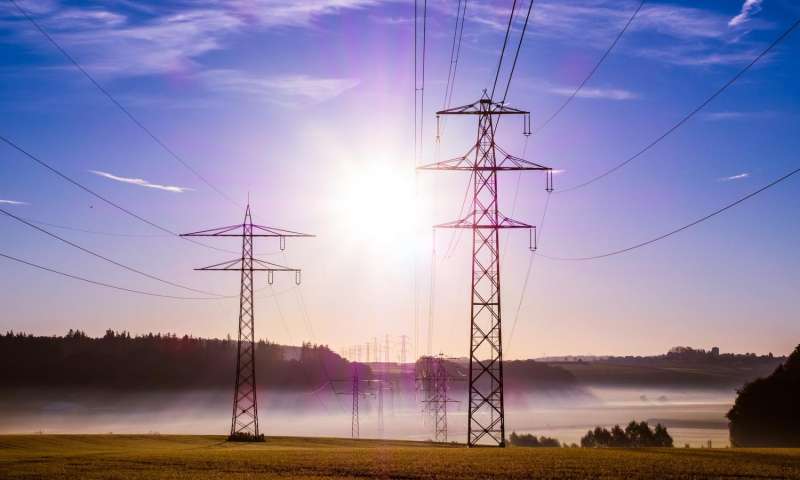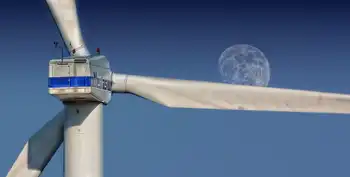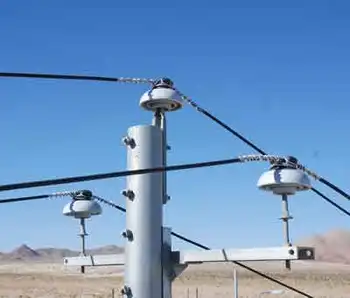China to invest $88 billion in UHV transmission
China's first 1,000-kilovolt (kV) UHV AC transmission demonstration project, the Jindongnan-Nanyang-Jingmen line, has been in stable operation for the past five months. It is also the first commercialized UHV transmission line in the world. A second batch of UHV transmission projects is expected to kick off soon.
The country's UHV transmission technology has been recommended by the Institute of Electrical and Electronics Engineers to become a possible international standard. The system's voltage has been recommended by the International Electotechnical Commission as the standard voltage.
In addition to UHV technology, the SGC also proposed to build a strong and intelligent grid with UHV as its backbone. Planning and testing for the construction of an intelligent grid is expected to be complete by 2010, said Zhenya Liu, General Manager of the SGC. Large-scale extensions will be carried out from 2010 to 2015, and a nationwide intelligent grid is expected to be complete by 2020.
China's power demand is expected to reach 7.7 trillion kilowatt-hours in 2020, or two times the current volume. The country's major resources, such as coal, water and wind, are concentrated in the western and northern regions, while consumption is mainly concentrated in the central and eastern regions. Long-distance and large-scale transmission is essential. The unit cost of power transmission by UHV is just half the cost for the transportation of coal equivalent.
Related News

Baltic States Disconnect from Russian Power Grid, Join EU System
MOSCOW - In a landmark move towards greater energy independence and European integration, the Baltic nations of Estonia, Latvia, and Lithuania have officially disconnected from Russia's electricity grid. This decisive action, completed in February 2025, not only ends decades of reliance on Russian energy but also enhances the region's energy security and aligns with broader geopolitical shifts.
Historical Context and Strategic Shift
Historically, the Baltic states were integrated into the Russian-controlled IPS/UPS power grid, a legacy of their Soviet past. However, in recent years, these nations have sought to extricate themselves from Russian influence, aiming to synchronize their power systems…




